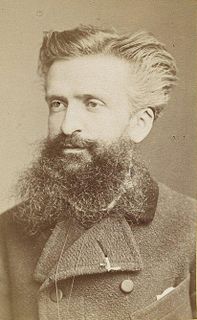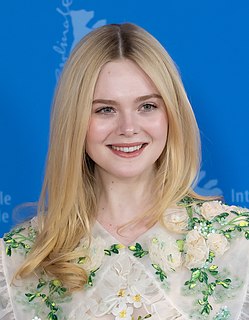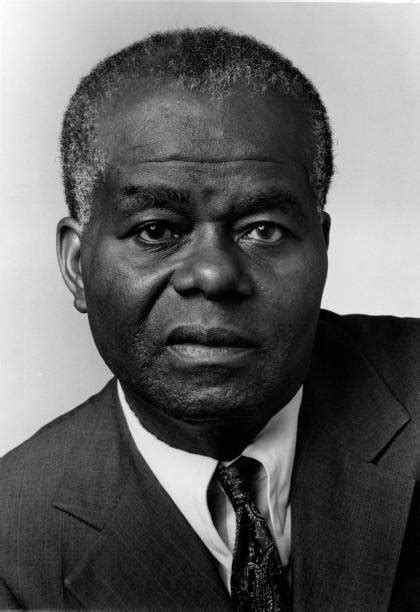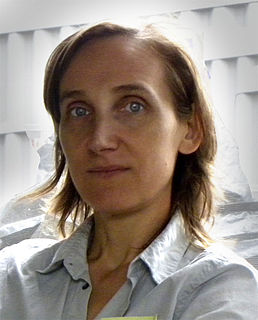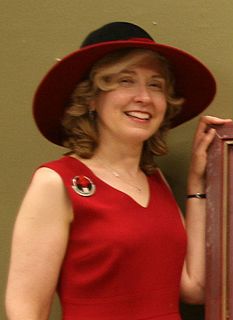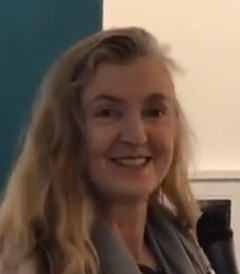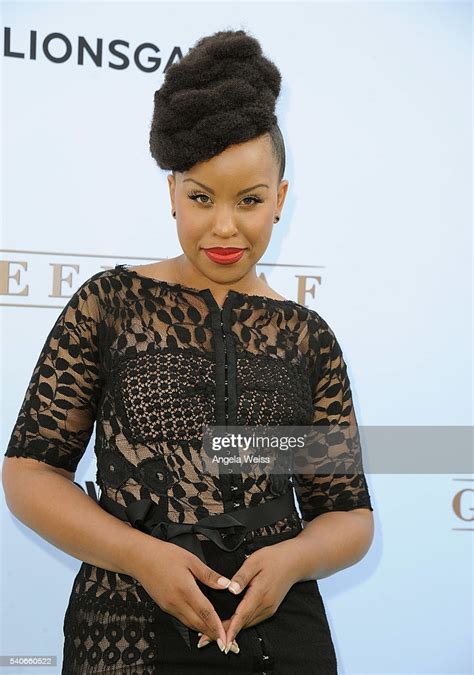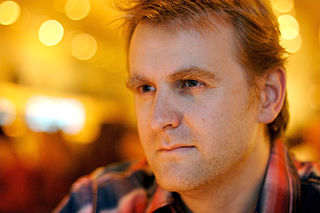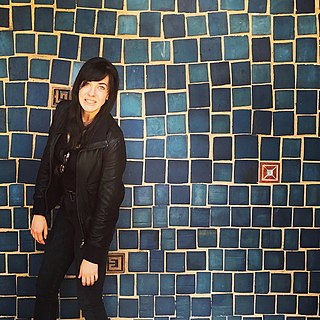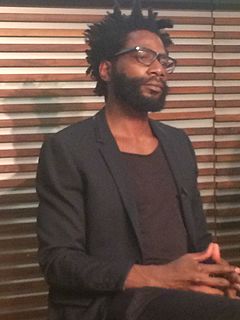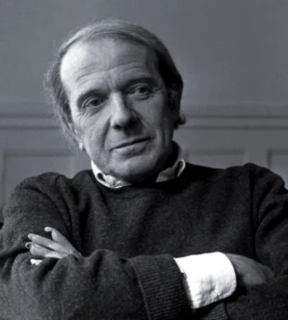A Quote by George Lois
Truly great images make all the other millions of images you look at unimportant. You gotta look at an image and understand it in a nanosecond.
Related Quotes
A crowd thinks in images, and the image itself calls up a series of other images, having no logical connection with the first...A crowd scarcely distinguishes between the subjective and the objective. It accepts as real the images invoked in its mind, though they most often have only a very distant relation with the observed facts....Crowds being only capable of thinking in images are only to be impressed by images.
My generation, we're more accepting of narcissism. But we're looking at images that are dead, that are on your phone. My friends have apps to make you look skinny, to make your skin look perfect. And we look at these images and we're like, "That's beauty. That's perfect." But when you see a real person, you're like, "Wait, that's not perfect."
I am myself a professional creator of images, a film-maker. And then there are the images made by the artists I collect, and I have noticed that the images I create are not so very different from theirs. Such images seem to suggest how I feel about being here, on this planet. And maybe that is why it is so exciting to live with images created by other people, images that either conflict with one's own or demonstrate similarities to them.
We’re face to face with images all the time in a way that we never have been before... Young people need to understand that not all images are there to be consumed like fast food and then forgotten – we need to educate them to understand the difference between moving images that engage their humanity and their intelligence, and moving images that are just selling them something.
When I was growing up, we didn't have this super-skinny, flawless image to compete with. I find it unfortunate that young women may look at those images and think that is the ideal of beauty. It can cause a lot of problems and self-esteem issues if we don't remind girls that being healthy and exactly who you are is the main thing. I'm grateful I didn't grow up with those images.
I knew he wouldn't come, but I howled anyway, and when I did, the other wolves would pass images of him to me of what he looked like: lithe, gray, yellow-eyed. I would pass back images of my own, of a wolf on the edge of the woods, silent and cautious, watching me. The images, clear as the slender-leaved trees in front of me, made finding him seem urgent, but I didn't know how to begin to look.

